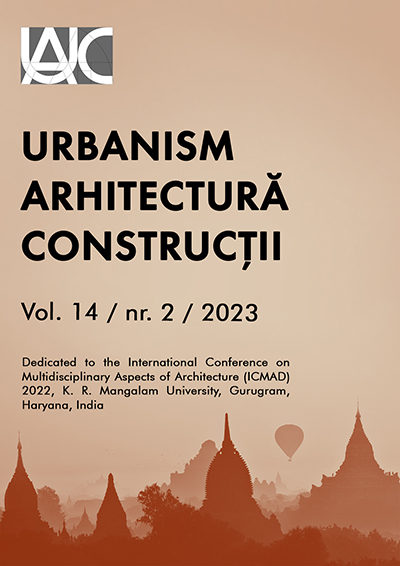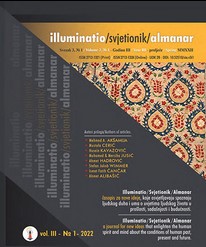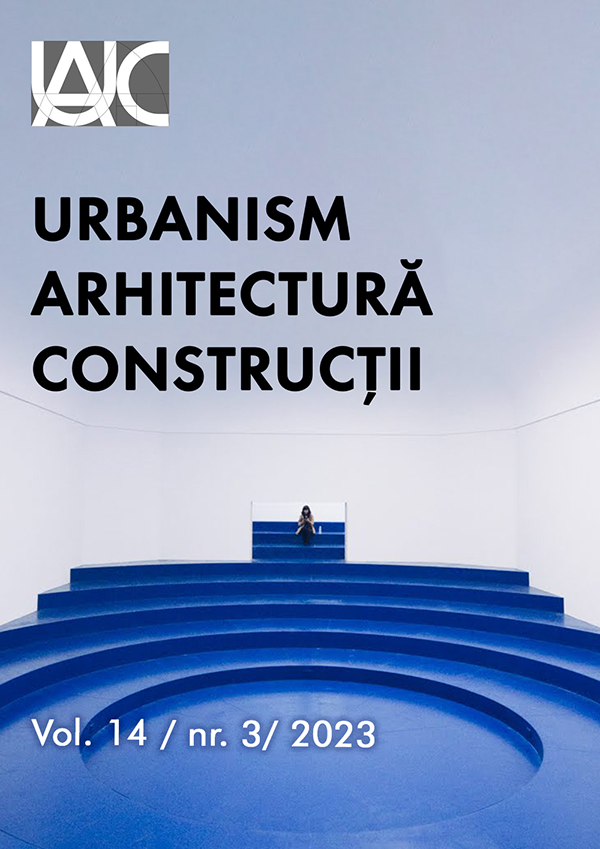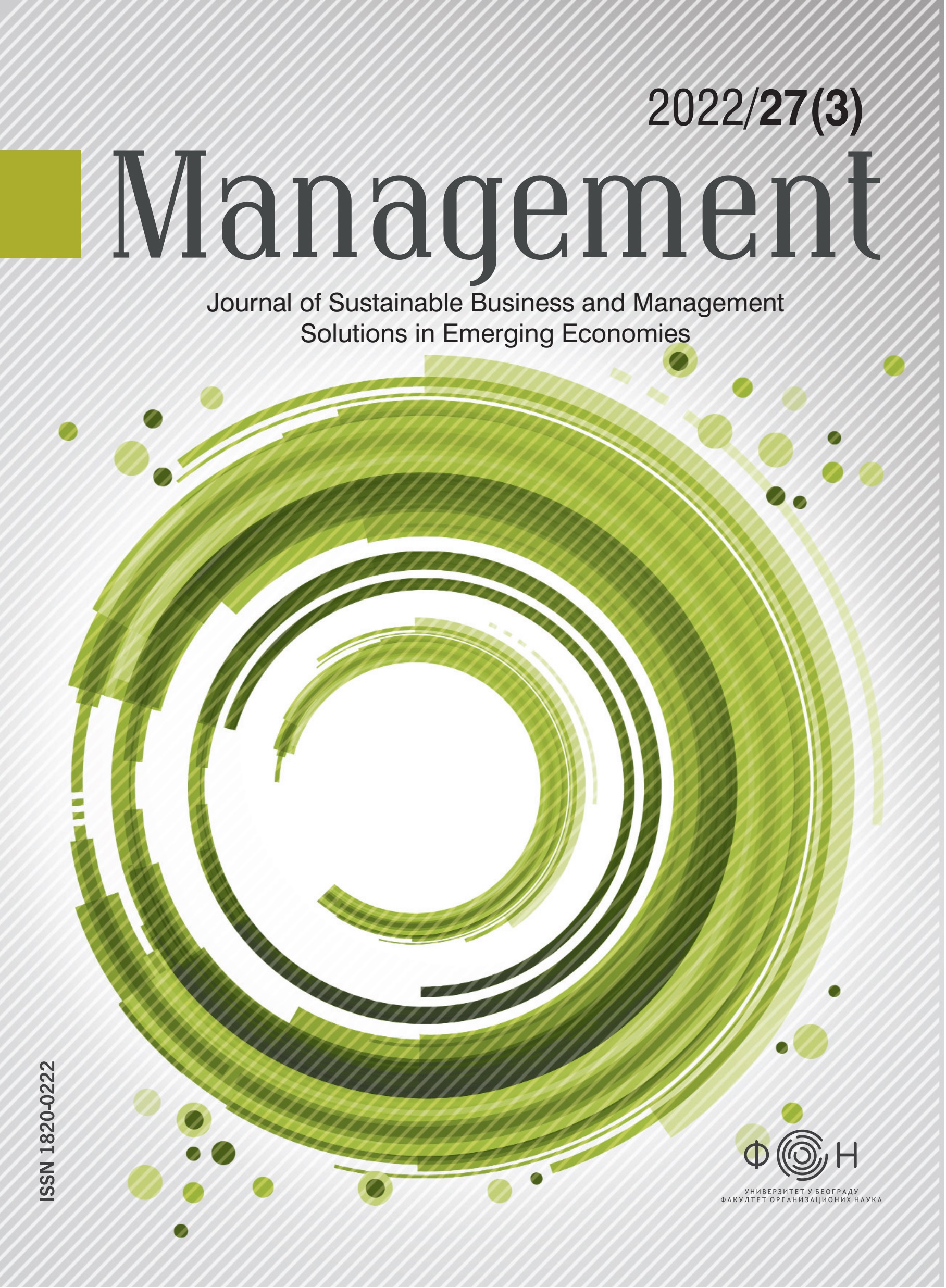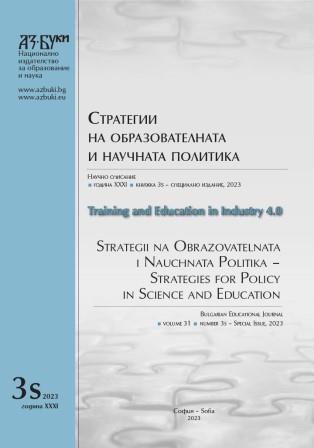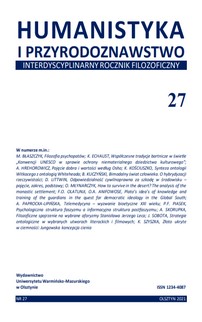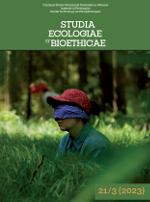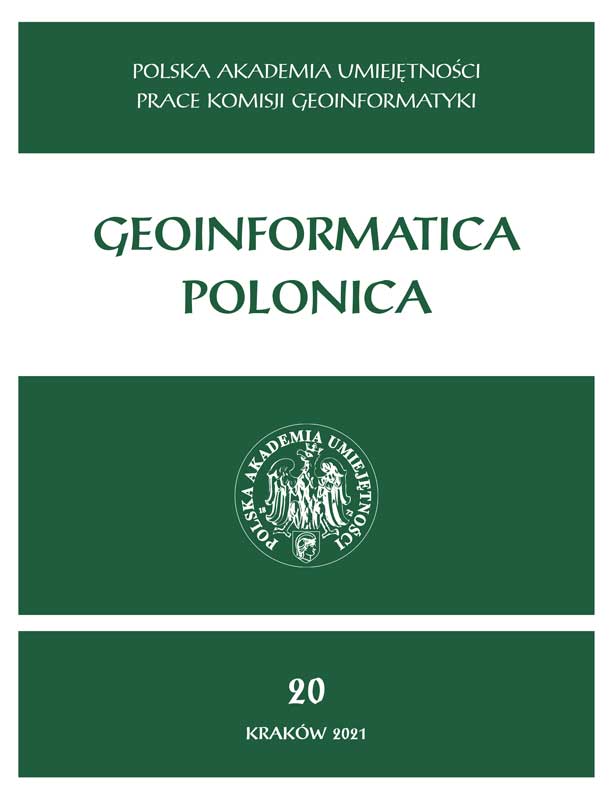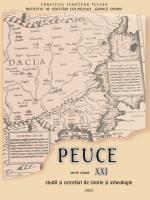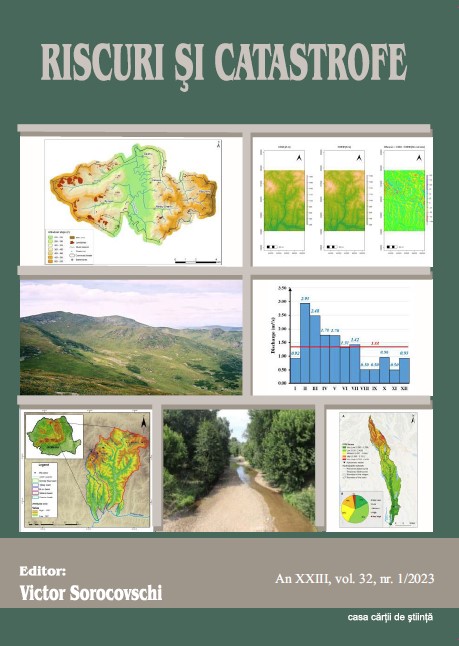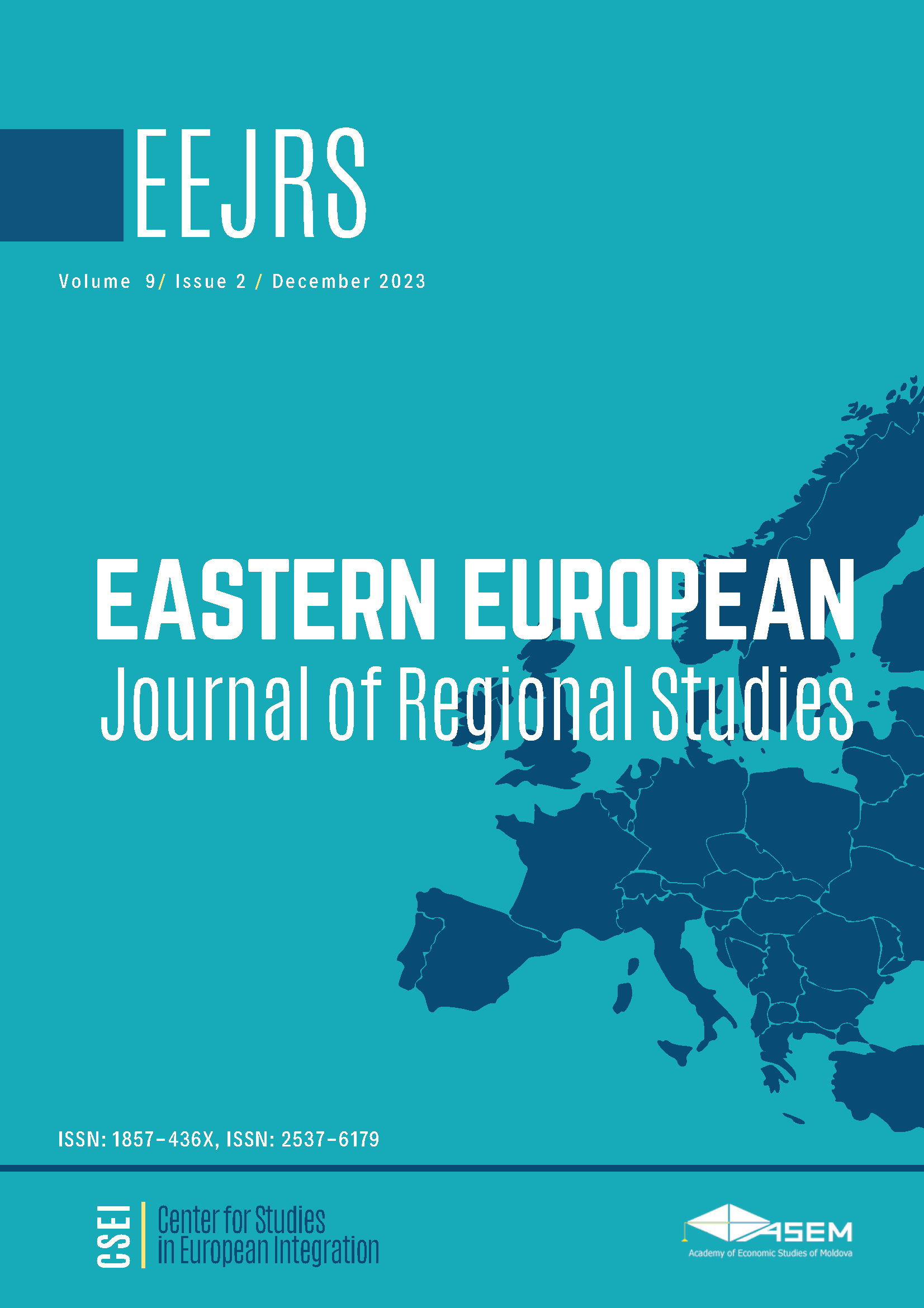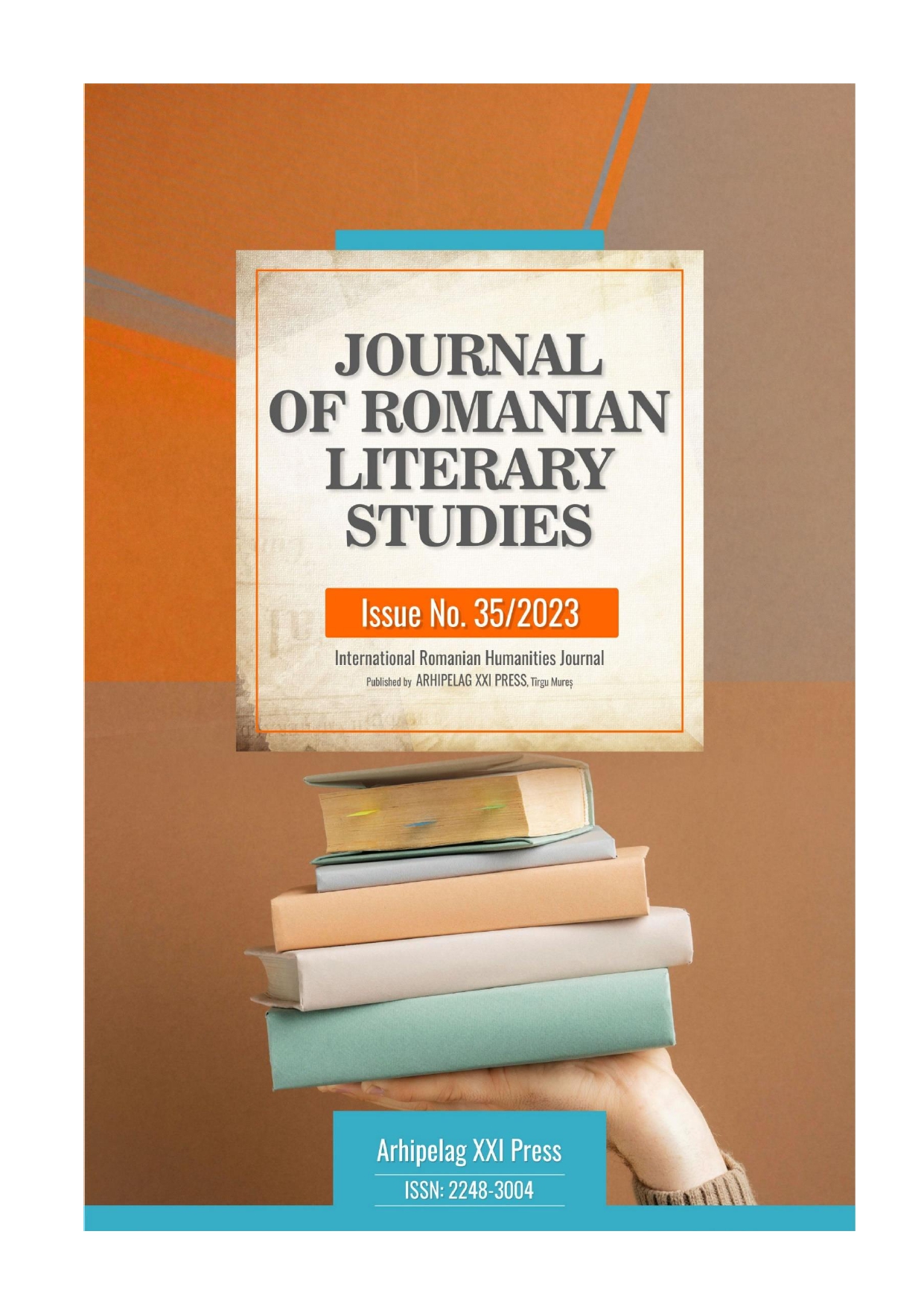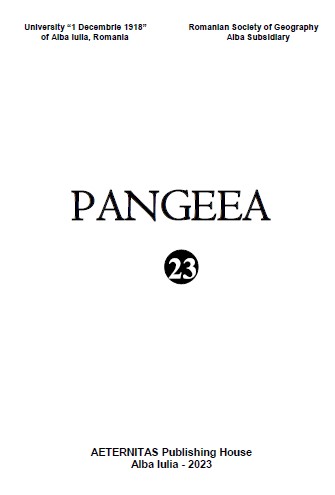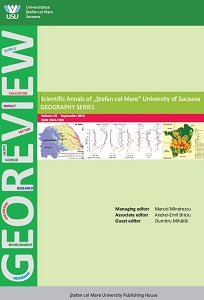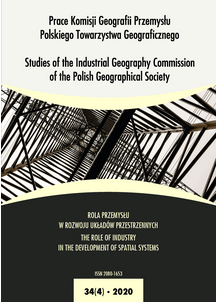
Relokacja wewnątrzmiejska przemysłu w strukturze przestrzennej Szczecina
The purpose of the work is to determine the directions and intensity of spatial changes of industrial areas in the city of Szczecin occurring during the period of dynamic spatial development of the city in the last 150 years. The article presents the results of spatial research on the structure of industrial plants distribution in Szczecin in the years 1888–2018. Based on the analysis of the concentration and then the progressive dispersion of industrial areas, the phenomenon of relocation of industrial areas in this city was described, conditioned by departing from maritime relations and other socio-economic changes. It was found that the Odra River areas are still the main location of the city’s industrial complexes, however, the structure of the industry branches using these areas is changing. At the same time, a significant expansion of large industrial areas was observed in the western part of the city (border strip) and in well-connected areas near the city’s main thoroughfares. Post-war industrial areas took the form of numerous small, dispersed facilities and only a few large investments. The diversification of industrial branches located in the city was conducive to the phenomenon of deconcentration of industrial areas outside the riverside belt.
More...
